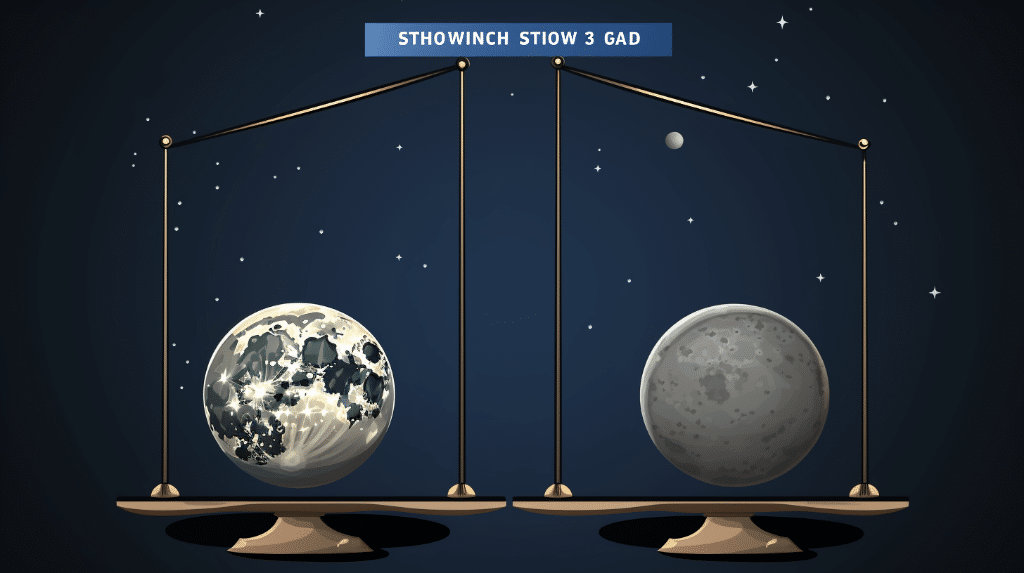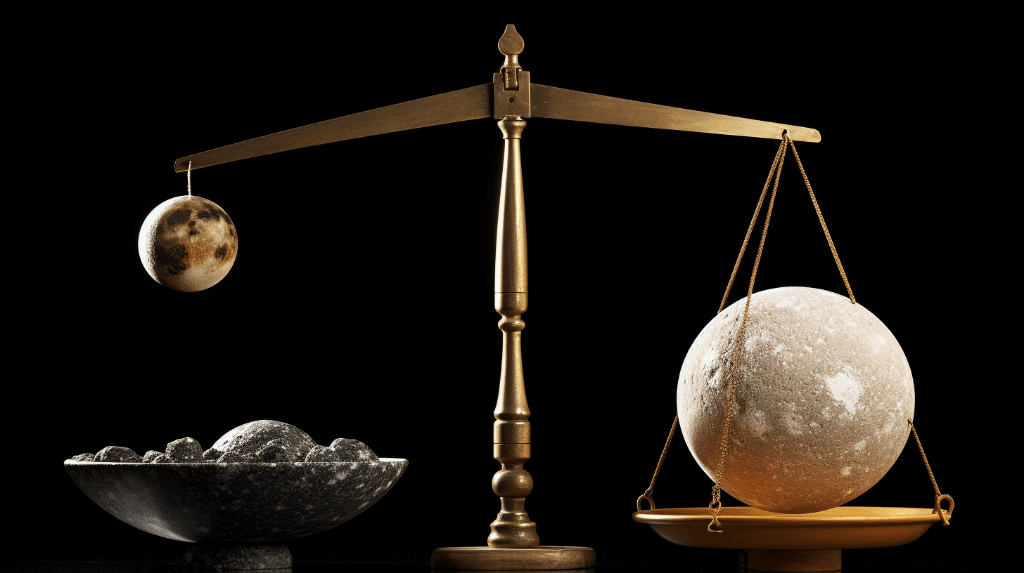
Calculating mass from weight is a fundamental concept in physics and engineering. Weight is the force exerted by an object due to gravity, while mass is the amount of matter present in an object. In this blog post, we will explore the relationship between weight and mass, and learn how to calculate mass from weight using various formulas and examples.
How to Calculate Mass from Weight
The Formula to Calculate Mass from Weight
To calculate mass from weight, we can use the equation:
![]()
The acceleration due to gravity on Earth is approximately 9.8 m/s![]() . However, this value can vary depending on the location and altitude. Therefore, if you’re performing calculations in a different environment, make sure to use the appropriate acceleration due to gravity value.
. However, this value can vary depending on the location and altitude. Therefore, if you’re performing calculations in a different environment, make sure to use the appropriate acceleration due to gravity value.
Step-by-step Guide on How to Calculate Mass from Weight
To calculate mass from weight, follow these steps:
- Determine the weight of the object in Newtons.
- Identify the acceleration due to gravity at the location.
- Divide the weight by the acceleration due to gravity to find the mass.
Let’s go through an example to make the process clearer.
Worked out Examples on Calculating Mass from Weight
Example 1:
An object has a weight of 500 N. Calculate its mass.
Solution:
Using the formula, we have:
![]()
Substituting the given values, we get:
![]()
Therefore, the mass of the object is approximately 51.02 kg.
Example 2:
A person weighs 750 N on the surface of Mars. Calculate their mass on Mars.
Solution:
First, we need to determine the acceleration due to gravity on Mars. Let’s assume it is 3.7 m/s![]() .
.
Using the formula, we have:
![]()
Substituting the given values, we get:
![]()
Therefore, the mass of the person on Mars is approximately 202.7 kg.
Advanced Concepts in Calculating Mass from Weight

How to Calculate Mass from Weight and Volume

In some cases, you may need to calculate mass from weight and volume. To do this, you need to know the density of the material. The formula for calculating mass from weight and volume is:
![]()
How to Calculate Mass from Weight and Gravity

When dealing with objects in different gravitational fields, the formula to calculate mass from weight and gravity is:
![]()
How to Calculate Mass from Molecular Weight

In chemistry, you can calculate the mass of a substance using its molecular weight. The formula to calculate mass from molecular weight is:
![]()
How to Calculate Mass from Weight and Density
To calculate mass from weight and density, you can use the formula:
![]()
Practical Applications of Calculating Mass from Weight
Calculating Mass and Weight on Different Planets
The ability to calculate mass from weight is crucial when studying celestial bodies. By applying the concept of calculating mass from weight, scientists can determine the mass of objects on different planets or moons, providing insights into their composition and gravitational forces.
Converting Mass to Weight and Vice Versa
Knowing how to convert mass to weight and vice versa is useful in various fields. For example, in engineering, understanding the relationship between mass and weight is essential for designing structures and determining the loads they can withstand.
Calculating Mass from Weight in Different Units (Kg, Newtons)
Calculating mass from weight can be done using different units, such as kilograms (kg) or Newtons (N). It’s important to understand the correct units and conversions to ensure accurate calculations.
How can we calculate mass from weight and force? What insights can we gain by considering the concept of ‘Calculating mass from force and more’?
Calculating mass from force and more allows us to understand how weight and force can be used to determine the mass of an object. By exploring this concept, we can gain insights into the relationship between weight, force, and mass. This understanding is crucial in various fields, such as physics and engineering. By utilizing the methods discussed in the article, we can accurately calculate the mass of an object based on its weight and the force applied to it. This knowledge opens up possibilities for solving complex problems and making informed decisions.
Numerical Problems on how to calculate mass from weight
Problem 1:
A box weighs 25 N on Earth. What is the mass of the box?
Solution:
Given:
Weight of the box, ![]() N
N
We know that weight is given by the formula:
![]()
where:
![]() = weight of the object (in Newtons)
= weight of the object (in Newtons)
![]() = mass of the object (in kilograms)
= mass of the object (in kilograms)
![]() = acceleration due to gravity (approximately
= acceleration due to gravity (approximately ![]() m/s² on Earth)
m/s² on Earth)
To calculate the mass, we rearrange the formula as:
![]()
Substituting the given values into the formula, we get:
![]()
Hence, the mass of the box is approximately ![]() kg.
kg.
Problem 2:
A person weighs 650 N on Earth. What is their mass?
Solution:
Given:
Weight of the person, ![]() N
N
Using the same formula as before, we have:
![]()
Rearranging the formula to solve for mass:
![]()
Substituting the given values:
![]()
Thus, the mass of the person is approximately ![]() kg.
kg.
Problem 3:
An object has a weight of 1500 N on Earth. Determine its mass.
Solution:
Given:
Weight of the object, ![]() N
N
Applying the formula:
![]()
Rearranging to find the mass:
![]()
Substituting the given values:
![]()
Therefore, the mass of the object is approximately ![]() kg.
kg.
Also Read:
- How to find torque with mass
- Rotational kinetic energy of a point mass
- How to calculate mass from gravitational force
- How to measure gravitational energy effects near massive celestial bodies
- How to find conservation of mass
- Does mass affect potential energy
- How to calculate mass from force
- How to find normal force with mass
- How to find binding energy from mass defect
- How to calculate mass from force and distance

I am Alpa Rajai, Completed my Masters in science with specialization in Physics. I am very enthusiastic about Writing about my understanding towards Advanced science. I assure that my words and methods will help readers to understand their doubts and clear what they are looking for. Apart from Physics, I am a trained Kathak Dancer and also I write my feeling in the form of poetry sometimes. I keep on updating myself in Physics and whatever I understand I simplify the same and keep it straight to the point so that it deliver clearly to the readers.